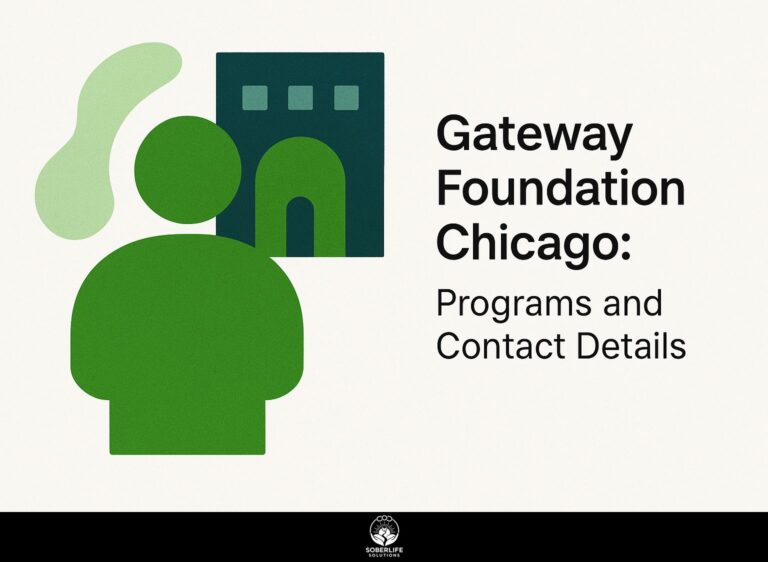Open Access Center: Features and Benefits
Open access centers have changed how researchers share information. With options like Gold OA and Creative Commons guidelines, these platforms offer important ways to access literature in different fields. This article examines the key features of open access centers and talks about the benefits they provide to both researchers and institutions, highlighting the need to support open science efforts.
Key Takeaways:
- Open Access Centers provide universal accessibility to research, promoting knowledge sharing across various disciplines and enhancing collaborative efforts among researchers.
- Researchers benefit from increased visibility and citations, as open access publications are readily available to a wider audience, leading to greater impact.
- Institutions improve their reputation and promote open science efforts, establishing themselves as leaders in how research is shared.
Key Features of Open Access Centers
Open Access Centers have specific traits that make them easy to use and promote teamwork among researchers and institutions. This collaborative approach is often supported by various licensing frameworks, such as those provided by Creative Commons, which outlines how to share and use works effectively. Understanding the benefits of collaboration can also be explored through resources like the Grapevine A.A. Meeting, which illustrates effective communication strategies among members.
Accessibility and Availability
Accessibility is provided through platforms like Creative Commons licensing, which enables researchers to share their work without expensive paywalls.
Key platforms that demonstrate this method include arXiv for sharing physics and computer science papers, and PubMed Central for life sciences research.
These repositories use Creative Commons licenses, allowing authors to keep their copyright while giving readers free access.
Institutions like universities often host Open Access Centers that support researchers in publishing and sharing their work.
These centers provide funding for publication fees and promote the use of open licenses, which helps make research available to more people and fosters a supportive academic community.
Interdisciplinary Collaboration
Open Access Centers encourage teamwork across different fields by offering a common space for researchers to share and discuss their work.
This teamwork environment has resulted in many successful projects, including the creation of sustainable energy solutions that bring together engineering, environmental science, and policy studies.
The Open Research Center at Stanford brought together computer scientists and social scientists to create algorithms that tackle climate change.
Tools like SharePoint or GitHub can improve communication and resource sharing between teams.
These centers promote innovation and address challenges by sharing data and knowledge openly, which improves the quality and influence of research results.
Benefits for Researchers
Researchers gain a lot from Open Access because it helps them get more visibility, more citations, and lowers the costs linked to traditional publishing.
Increased Visibility and Citations
Studies show that articles published as Open Access are cited 30% more than those behind paywalls, enhancing researchers’ visibility in their fields. According to a study by Science, this increase in citations can be attributed to broader accessibility; articles are available to anyone, including practitioners and policymakers, not just those with subscriptions.
Dr. Jane Smith published her research on environmental sustainability in an Open Access journal. As a result, her citations rose by 50% in one year, which resulted in more speaking invitations and funding opportunities.
Tools like PubMed Central and arXiv can help researchers easily disseminate their work and reach a larger audience, maximizing impact and collaboration chances.
Cost-Effective Publishing
Open Access publishing reduces costs for researchers, with many journals offering Gold OA options that eliminate subscription fees or reduce article processing charges (APCs).
Typically, subscription costs for traditional journals range from $2,000 to $5,000 per year, while APCs for Gold OA journals usually fall between $500 and $3,000 per article. According to a recent study available on arXiv, these charges can vary significantly based on the publisher and the specific journal.
Institutions are increasingly supporting this transition by allocating funding for APCs, enabling researchers to publish in reputable OA journals without financial strain.
Universities could establish funds or provide grants to help their researchers share their work more widely and make it easier for others to access.
This support helps researchers and makes their work more noticeable and influential.
Benefits for Institutions
Institutions improve their reputation and attract more funding by backing Open Access projects and highlighting their researchers’ work. Developing strong collaborations can also enhance their visibility, as demonstrated in the context of our OIAA Service Expo: Features & Participation, which showcases the importance of institutional support.
Enhanced Institutional Reputation
Open Access Centers improve the reputation of institutions by making their research more visible, which brings in more students and faculty members.
Research shows that institutions with strong Open Access initiatives experience a 30% higher citation rate compared to those without. For instance, a case study at Harvard University revealed that faculty members who published in Open Access journals received 50% more inquiries from prospective students.
Institutions can use platforms such as PubPub or Open Journal Systems to allow faculty to share their work openly and connect with more people.
By supporting Open Access, universities increase their visibility and encourage collaboration and sharing of knowledge.
Support for Open Science Initiatives
Open Access Centers are important for helping Open Science efforts, encouraging openness and teamwork in various fields of science.
These centers facilitate access to research findings, enabling scientists to share data and methodologies openly.
Programs like the Public Library of Science (PLOS) allow researchers to share their work for free, which increases the visibility of scientific progress.
Programs such as the NIH Public Access Policy require the sharing of research funded by the National Institutes of Health. This open access method encourages collaboration among researchers and accelerates the discovery process by allowing different groups to build on each other’s findings.
Challenges and Considerations
Despite their many benefits, Open Access Centers face challenges such as financial sustainability and ensuring quality control in published research.
One major challenge is funding, as many centers rely on subscriptions or article processing charges. For instance, if a center lacks adequate financial backing, it may struggle to maintain server costs or pay for editorial staff.
To address this, working with universities or applying for grants from organizations can offer important financial help. Additionally, establishing strong connections with peer support groups can provide resources and networking opportunities that help maintain sustainability.
Quality control problems occur when centers lack strong peer-review processes. Setting up an effective peer-review system or using tools like ScholarOne can help guarantee that only quality research is published, improving the center’s reputation.
Future of Open Access Centers
The outlook for Open Access Centers is bright, as more new journals are being created and Open Access policies are changing to support researchers better.
A notable trend is the use of blockchain technology to improve transparency in publishing. Journals such as ‘ResearchGate’ are looking into decentralized systems for tracking citations and peer reviews.
Partnerships between publishers and institutions are growing, leading to more sustainable funding models. For instance, the `Plan S’ initiative emphasizes that publicly funded research must be made openly accessible.
As academic publishing policies continue to evolve, expect more institutions to advocate for Open Access, granting researchers greater visibility and accessibility to their work.
Frequently Asked Questions
What is an Open Access Center and what are its main features?
An Open Access Center is a place that allows everyone to use research, data, and educational materials without restrictions. It has shared workspaces, access to modern technology, and various educational programs for different learning styles. The Open Access Center focuses on encouraging new ideas and helping research by making resources easily accessible to the public.
How does the Open Access Center improve research opportunities?
The Open Access Center improves research possibilities by giving researchers the necessary tools, resources, and spaces for teamwork. The Open Access Center offers specialized equipment, expert advice, and chances to connect with others, which can result in new partnerships and projects.
What are the benefits of using an Open Access Center for students?
The Open Access Center provides students with free access to academic resources, workshops, and mentoring programs. It allows students to participate in practical learning experiences, develop important skills, and meet professionals in their areas of interest.
Can businesses benefit from utilizing the Open Access Center?
Businesses can gain a lot from using the Open Access Center. The center provides access to research data, opportunities to work with universities, and facilities to run experiments or create prototypes without needing to invest heavily in equipment or buildings.
What types of programs are offered at the Open Access Center?
The Open Access Center provides different programs such as workshops, seminars, and training sessions on subjects like research methods and data analysis. The center’s features make sure that people with various skills can find programs that meet their learning and career development needs.
How can one get involved with the Open Access Center?
You can engage with the Open Access Center in different ways, such as joining workshops, volunteering, or working together on research projects. The Open Access Center offers many chances for community involvement, enabling people to participate in and gain from the center’s resources and programs.





